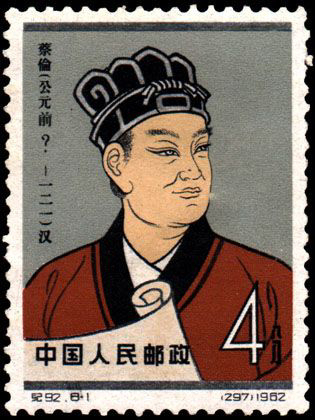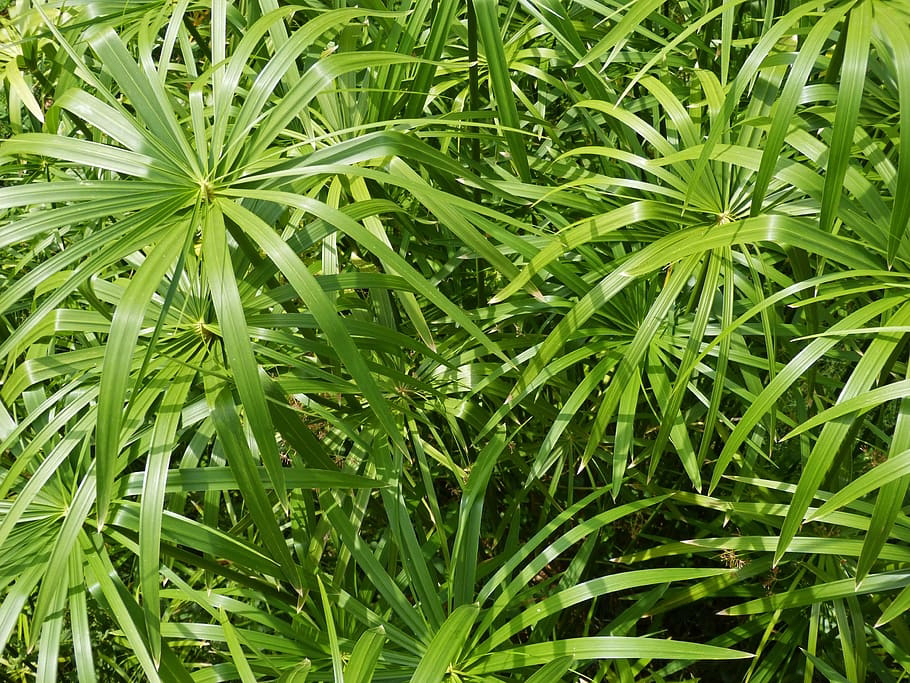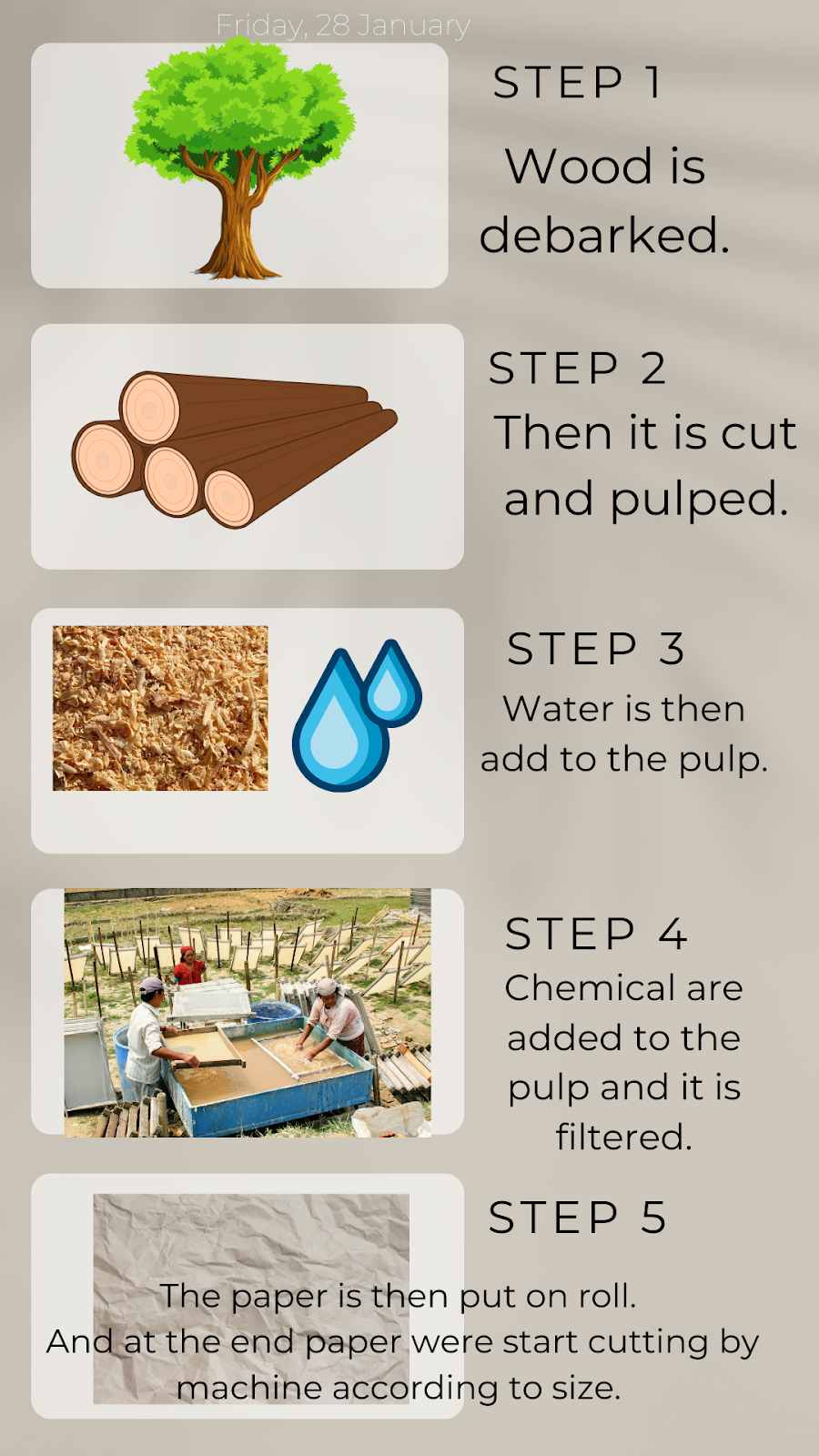In today's digital age, it's easy to overlook the humble piece of paper that we encounter in our daily lives. We use it to write notes, print documents, and even create beautiful artwork. But have you ever wondered where paper comes from and how it is made? In this blog we uncover the story of paper, from its origins in the forest to becoming a versatile tool in our hands.
The story of paper starts a long time ago, over 2,000 years ago in ancient China. Back then, people needed a way to write and record information, but they didn't have a suitable material for it. They tried using bamboo sticks, stones, and even animal bones, but they were heavy and difficult to work with.
Then, something remarkable happened. A Chinese court official named Cai Lun came up with a brilliant idea. He experimented with different materials and eventually discovered a way to make paper from plant fibers. Cai Lun used mulberry tree bark, old rags, hemp, and fishnets to create a thin, flat sheet that could be written on. This was the birth of real paper!
Once paper was invented, its popularity quickly spread. Traders traveling along the Silk Road, a famous trading route connecting China to the rest of the world, carried the secret of papermaking with them. Eventually, paper reached other parts of Asia, the Middle East, and Europe.
As papermaking spread, people in different regions began to improve and refine the process.
In Egypt, they used papyrus plants to create a type of paper called papyrus. In the Islamic world, scholars introduced new materials like cotton and linen fibers, making the paper even better. In Europe, water-powered mills were built to produce paper on a larger scale.
One of the most significant advancements in paper's history was the invention of the printing press by Johannes Gutenberg in the 15th century.
The printing press allowed us to make lots of books and other written things. This led to an increased demand for paper and made knowledge more accessible to people all over the world.
In more recent times, papermaking has become a highly efficient and technologically advanced process. Machines called Fourdrinier machines were invented, which allowed for continuous production of paper. This made paper more affordable and readily available to everyone.
Steps of paper making -
May you get the above steps.
Now let me answer some questions.
Why are trees the primary source for making paper?
Paper is made by cutting down trees and extracting their fibers, known as cellulose. Conifer trees are often preferred for paper production because their long fibers provide strength to the paper. The cellulose is obtained from wood chips and processed in a machine called a digester, which breaks down the wood.
Can paper be produced without using trees?
Yes, it is possible to create paper without relying on trees. There are various alternative fibers that can be used instead of wood pulp. These tree-free sources include agricultural residues like sugar cane bagasse, husks, and straw. Additionally, certain plants and crops such as bamboo, kenaf, hemp, jute, and flax can also be used as fibers to produce paper.
From its humble beginnings in ancient China to its widespread use today, the story of paper is truly remarkable. The invention of paper has had a profound impact on human civilization, allowing us to record our thoughts, share ideas, and preserve information for future generations. So, the next time you hold a sheet of paper, take a moment to appreciate the incredible journey it has taken to become such an essential part of our lives.












0 Comments